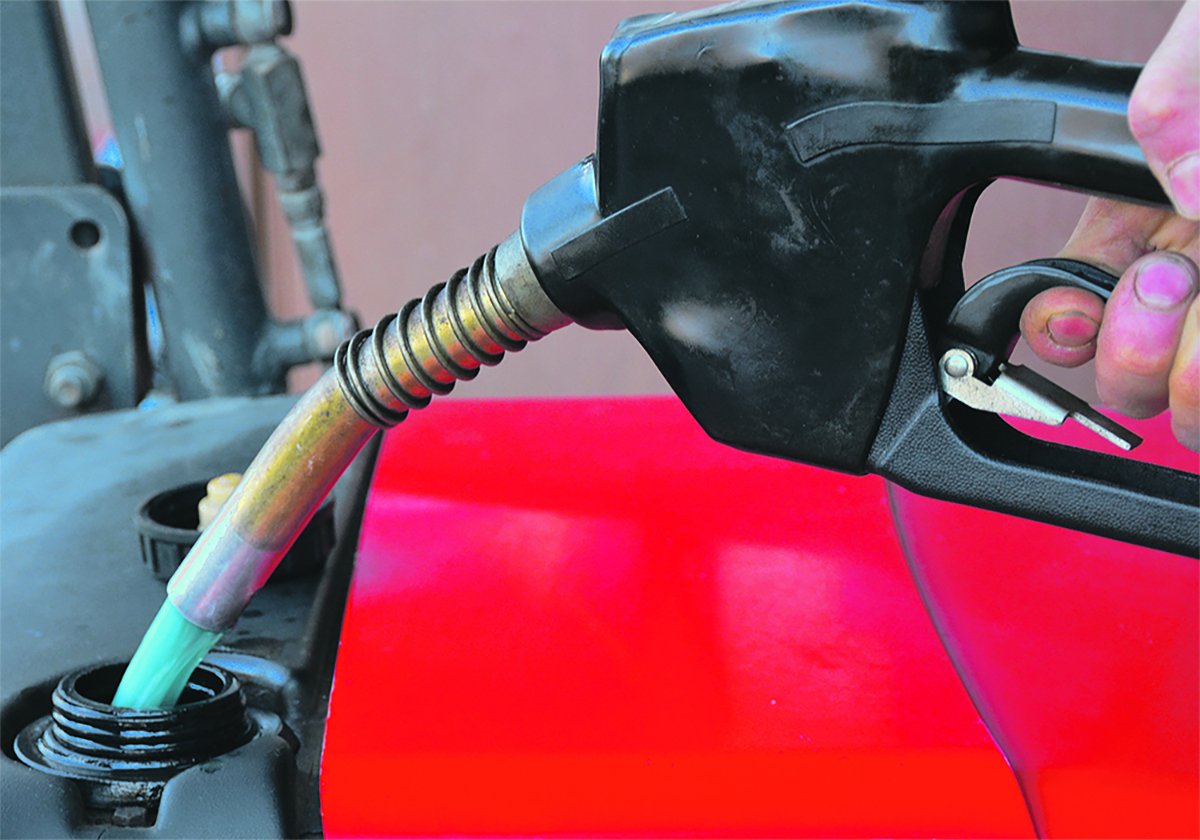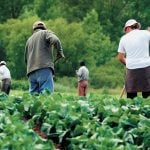Rising natural gas and propane prices threaten to further squeeze farmers’ margins this fall, especially if there is a wet harvest and a cold winter.
Farmers would be hit when drying the 2000 harvest and when buying fertilizer for the 2001 crop.
“If it’s a wet harvest it’s going to be a major issue,” said Tisdale, Sask., agrologist Leroy Bader.
“Farmers are big consumers of energy. Any increase in energy prices has a major impact on input costs.”
Farmers in Bader’s area often deal with wet harvests. They’ve been lucky for the past two years, but are worried this year because fuel prices have risen.
Read Also

Alberta may eliminate marked fuel
Alberta may soon stop selling dyed gasoline and diesel.
Saskatchewan Agriculture economist Dave Boehm said direct natural gas costs for drying, home heating and other on-farm uses make up less than one percent of net farm costs.
A price increase would be unwelcome, but not devastating, he said. Gas rates are set by the supply companies. SaskEnergy, which delivers natural gas in Saskatchewan, expects rates to increase by more than the nine percent they increased last year, but does not know how high they will go.
SaskEnergy spokesperson Paula Belanger said some analysts expect natural gas prices to increase by 50 to 100 percent over the winter. But customers won’t be hit that hard, Belanger said, because SaskEnergy contracts ahead for its supplies and has already locked in some of its costs.
Boehm said indirect costs will have a more substantial impact for farmers.
Natural gas is the prime material used to make anhydrous ammonia and urea fertilizers. Any increase in the price of natural gas would push up fertilizer prices.
“Fertilizer is such a big expense on the farm,” said Boehm. It makes up 28 percent of net operating costs, or $484 million out of the $4.26 billion Saskatchewan farmers spent growing a crop in 1999.
In the last year, industrial prices of natural gas have doubled. A cold winter would increase consumer demand for natural gas, pushing prices higher.
That will raise the cost of producing nitrogen fertilizers, but Paul Lansbergen of the Canadian Fertilizer Institute said fertilizer prices won’t automatically increase by the same amount.
Fertilizers are priced in the world market, so what is charged on the Prairies will be mainly the result of world supply and demand conditions, not the direct cost to manufacturers, Lansbergen said.
According to Agrium’s second-quarter results, North American fertilizer producers have cut production because of the rising cost of natural gas.
“As of mid-July, approximately 17 percent of North American ammonia capacity was shut-in,” the company said.
Agrium thinks fertilizer prices will rise in response to the increased natural gas costs and the shrinking supply.
“We expect high gas prices to be largely reflected in higher nitrogen product prices in the second half of 2000.
“Production curtailments and a reluctance to discount prices by phosphate producers could result in higher phosphate prices in the second half of 2000.”
A wet harvest could also push up propane prices because of heavy grain dryer use. Agriculture makes up six percent of the total demand for propane and is used mostly for dryers. The 1996 wet harvest bumped up farm propane use by almost nine percent.
Bader said farmers aren’t yet worrying about the threat of a natural gas price spike.
“Guys don’t tend to talk about that until it happens,” he said.















